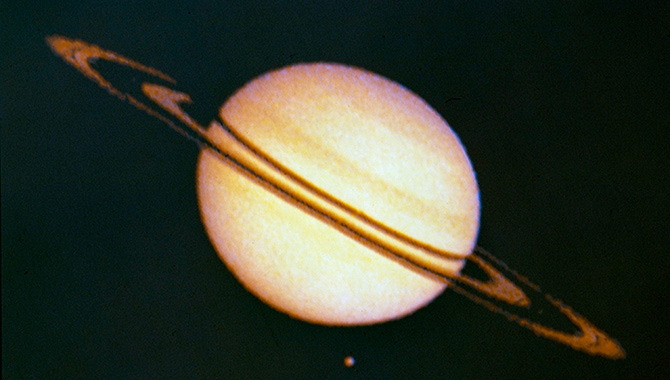
On September 1, 1979, Pioneer 11 made history as the first spacecraft to fly by Saturn. Its journey paved the way for Voyager—but dashed hopes of finding life on Titan.

On September 1, 1979, Pioneer 11 made history as the first spacecraft to fly by Saturn. Its journey paved the way for Voyager—but dashed hopes of finding life on Titan.
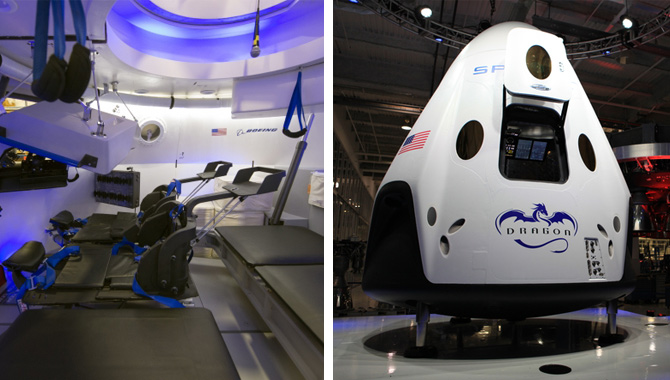
The announcement that NASA will partner with more than one company took some by surprise. But the decision sets up the agency for success beyond low Earth orbit (LEO).
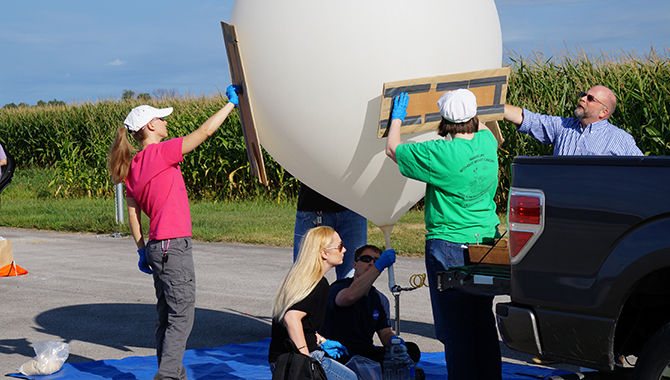
Glenn Research Center’s Rocket University pilot program melds course work with hands-on experience to give early-career engineers a strong foundation for the future.
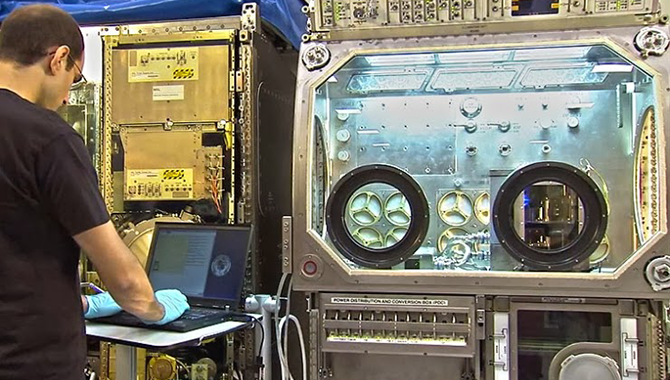
A recent report issued by the National Research Council examined the potential applications and challenges for additive manufacturing in space.
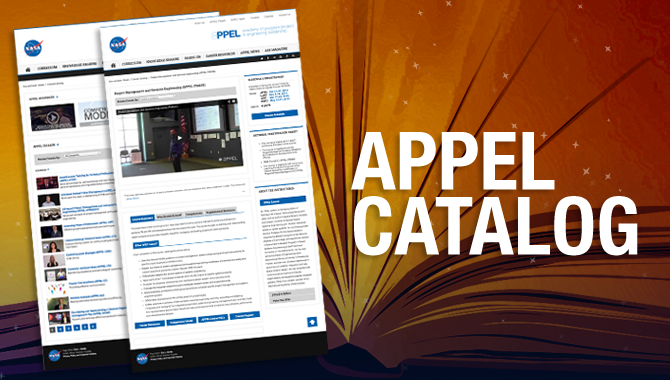
August 18 marked the launch of the new APPEL Catalog: the first online curriculum guide from the Academy.
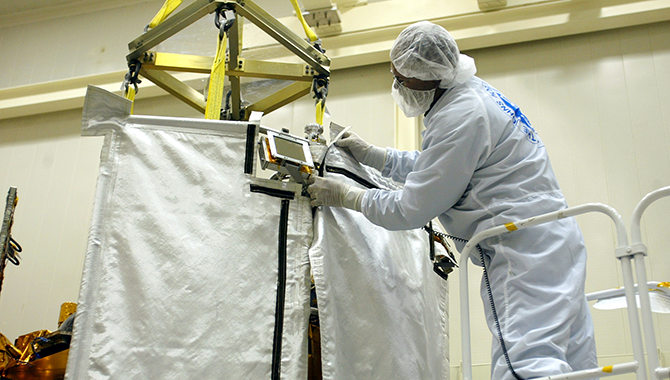
Ten years ago this month, MESSENGER embarked on a mission to uncover the secrets of the least-explored terrestrial planet.
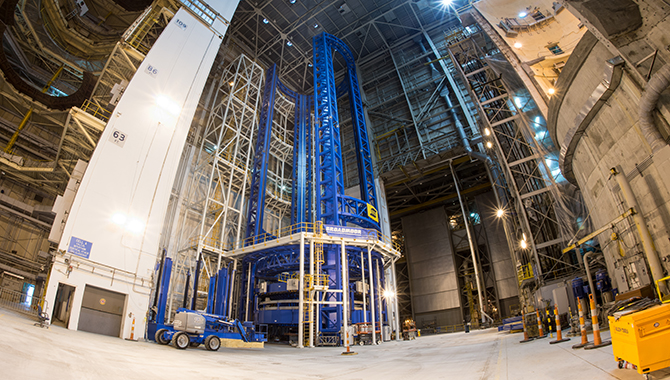
The Government Accountability Office (GAO) calls for NASA to match Space Launch System (SLS) Program resources to requirements to ensure long-term affordability and sustainability.

The NASA workforce is highly talented, yet some employee potential may be overlooked. A new APPEL pilot course shows how to capture that potential.

Justin Niehaus may be an early-career professional at Glenn Research Center, but thanks to their pilot Rocket University program, he’s already experiencing what it’s like to be a project manager.